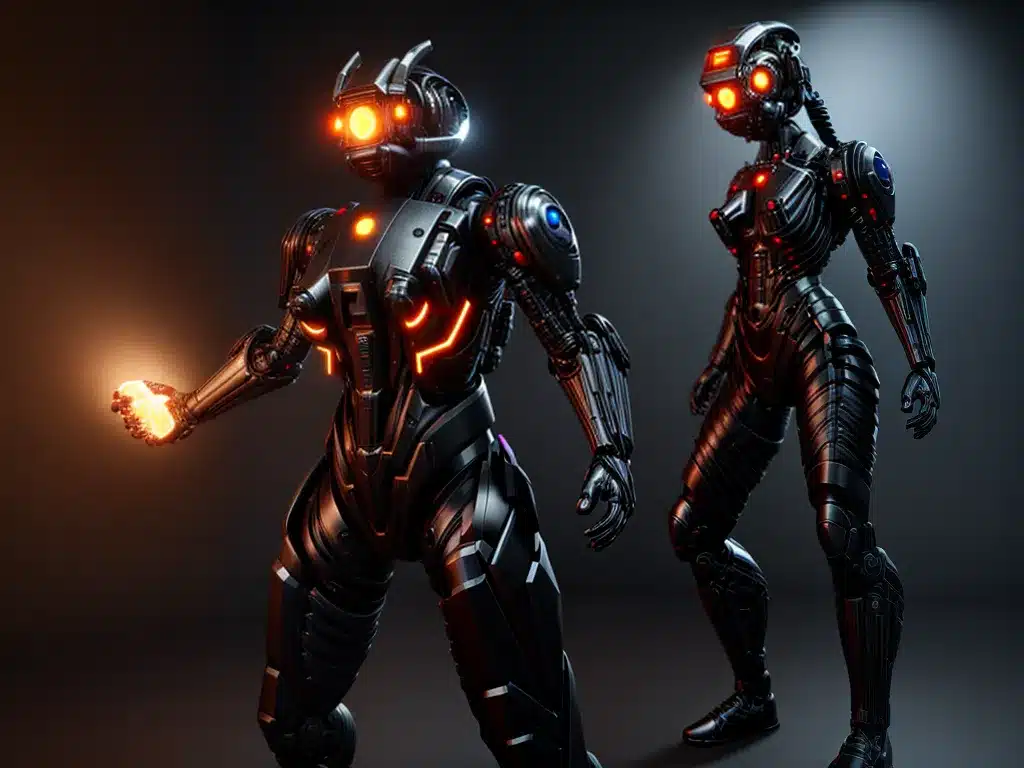
Unreal Engine 5 is poised to revolutionize real-time 3D computer graphics with two groundbreaking new technologies: Nanite and Lumen. As an avid gamer and 3D artist, I am extremely excited about the potential of these innovations to blur the lines between pre-rendered CGI and real-time graphics. In this article, I will provide an in-depth look at how Nanite and Lumen work and why they represent such a monumental leap forward.
Nanite: Virtualized Micropolygon Geometry
Traditionally, 3D models in games have been constructed using polygons – the more polygons, the higher the detail. However, this causes problems. Detailed models with millions of polygons are demanding for hardware to render in real-time. Developers must painstakingly create multiple LOD (Level of Detail) models to maintain performance.
Nanite introduces an entirely new paradigm. It allows artists to create assets with as much geometric detail as desired, without worrying about polygons budgets or LODs. Nanite virtualizes geometry, breaking down models into millions of micropolygons that are streamed and scaled in real-time.
This means photorealistic source art of unlimited complexity can be imported directly into the engine. Nanite analyzes the models and optimize them intelligently. Distant objects are rendered efficiently using fewer micropolys while close-up surfaces get full detail.
For developers, it removes polygon constraints and cuts down on LOD work. For artists, it means creating models to the limits of detail without optimization concerns. Virtualized geometry unlocks a new level of realism.
Lumen: Fully Dynamic Global Illumination
Lighting is also vital for photorealism. The standard for cinematic effects has been global illumination – simulating how light bounces around a scene. But it’s been limited to pre-baked or local effects only.
Lumen brings full dynamic global illumination to real-time 3D. This means lighting can change on the fly and affect the entire scene. If light sources are added, removed, or moved, bounced lighting adapts immediately.
The key is ray tracing. Lumen traces light rays per pixel, capturing complex lighting interactions. A spatio-temporal component enables intelligence – Lumen learns from light changes over time to optimize bounce behavior.
The implications are massive. Levels can transition from day to night. Destroyed buildings can let in sunlight. Car headlights can illuminate dark streets. Lumen elevates real-time rendering to the next level.
Revolutionary Potential
Together, Nanite and Lumen enable Unreal Engine 5 to render scenes with a level of detail and dynamism never before possible in real-time. Assets can have film-quality geometry and textures. Lighting can be as nuanced and dynamic as pre-rendered CGI.
This has monumental implications across gaming, film, and simulation. It narrows the gap between real-time and pre-rendered visuals substantially. For the first time, real-time cinematics on par with Hollywood CGI appear achievable.
As a 3D artist and gamer, I am beyond excited by this leap. Unreal Engine 5 represents the next generation of real-time 3D, and Nanite and Lumen are key innovations pushing the boundaries of photorealism. These technologies point towards the future, one ever closer to CGI-quality graphics in real-time.












